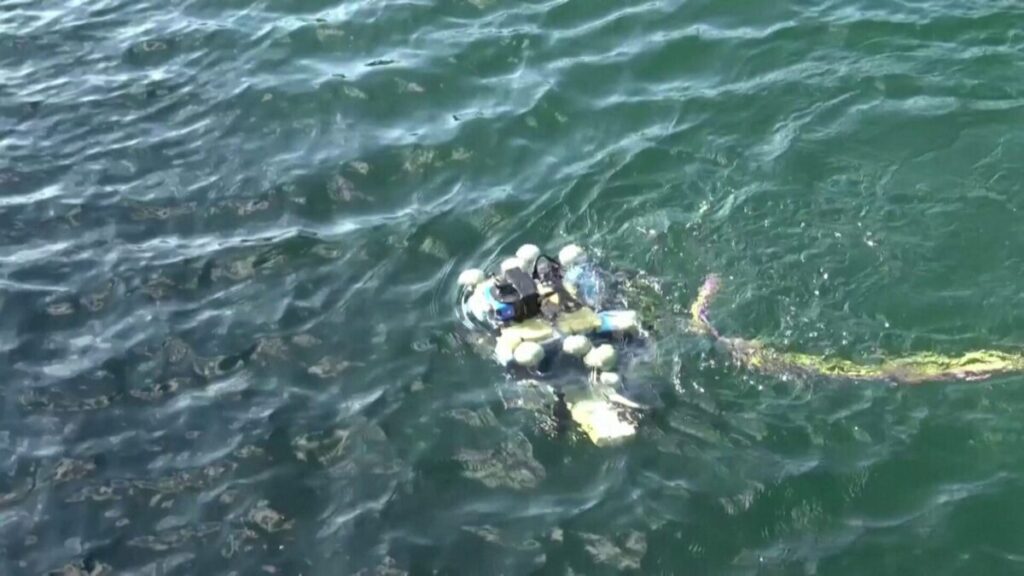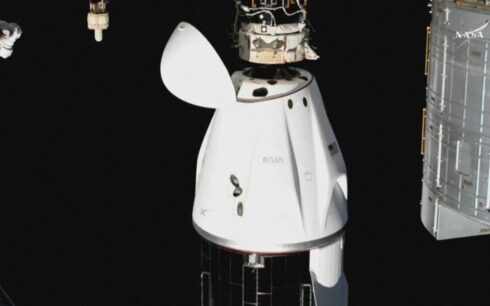EDINBURGH, Scotland — Autonomous underwater robots equipped with artificial intelligence are being developed in the UK to inspect and repair offshore wind farms, a project that could significantly reduce maintenance times and improve efficiency in the renewable energy sector.
With over 2,600 wind turbines located offshore in the UK—and plans to quadruple this capacity by 2030—maintenance demands are rising. Each turbine typically requires up to three annual inspections, a frequency that increases with age.
The robots, currently undergoing trials in Edinburgh as part of the UK government-supported £1.4 million ($1.7 million) ‘Underwater Intervention for Offshore Renewable Energies’ (UNITE) project, are designed to operate autonomously even in rough seas.
“These robots can autonomously navigate around structures, build 3D models, inspect them, and detect defects,” said Yvan Petillot, Professor of Robotics at Heriot-Watt University and academic lead at the National Robotarium.
Advancing efficiency with AI and 3D mapping
The robots integrate advanced 3D mapping technology, enabling detailed underwater navigation and precise identification of turbine components needing attention. This AI-powered approach not only enhances accuracy but also reduces the time required for maintenance tasks.

“Our artificial intelligence acts as an autonomy engine,” said Jonatan Scharff Willners, CEO of Frontier Robotics, a partner in the project. “It analyzes the environment to determine where the robot should go next to gather data and how to navigate autonomously between these points, while using the environment to its advantage.”
Scharff Willners noted that the robot’s ability to operate in low-visibility conditions, like those in the North Sea, is bolstered by its fusion of sensor data, ensuring safety and reliability.
Faster data and future capabilities
If successful, the robots could deliver maintenance insights within three hours, a dramatic improvement from the current industry standard of three weeks. The project is led by Heriot-Watt University in collaboration with Imperial College London, geo-data specialist Fugro, and Frontier Robotics.
Engineers are also working on adding robotic arms to the system, which will enable the robots to perform a wider range of maintenance tasks, including cleaning structures, conducting visual inspections, taking precise measurements, and repairing defects. Sea trials with industry partners are expected to begin in early 2025.
As offshore wind capacity expands, these robots could play a critical role in ensuring the efficiency and safety of the UK’s renewable energy infrastructure.





